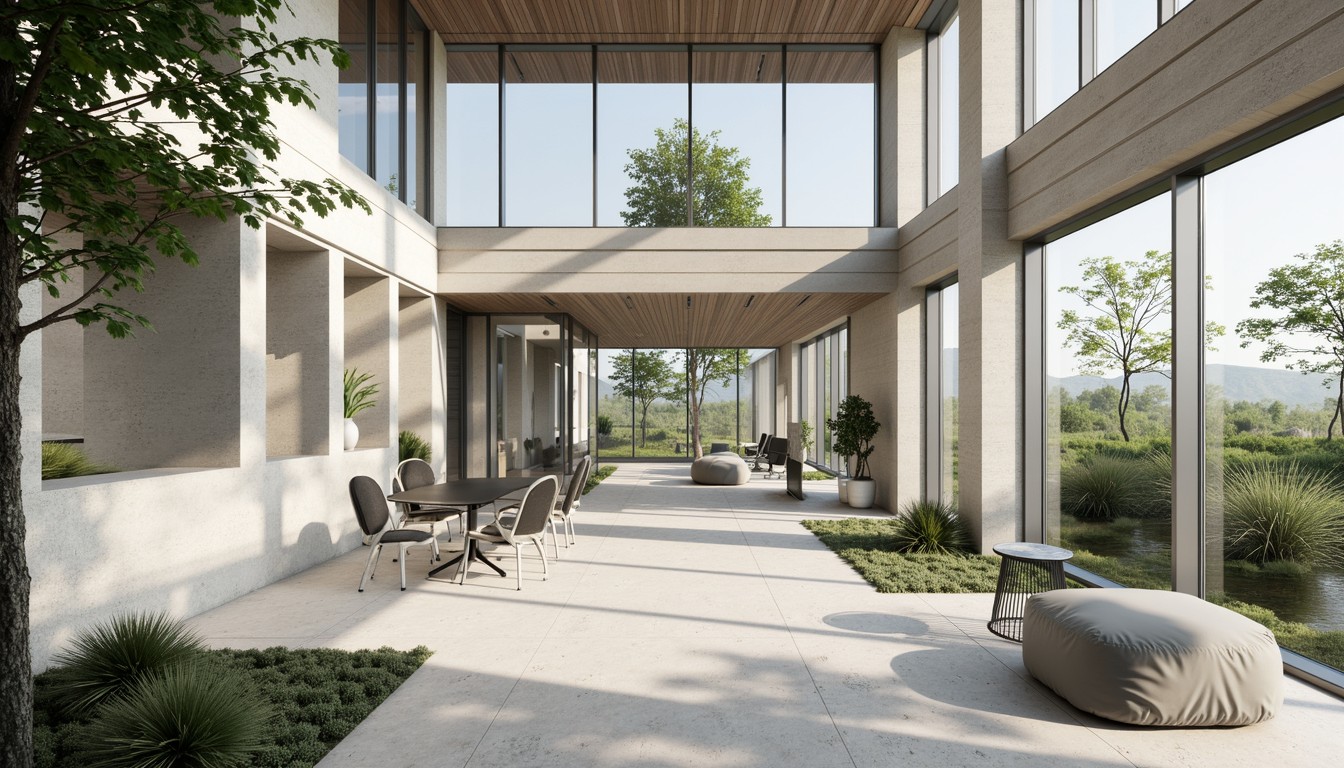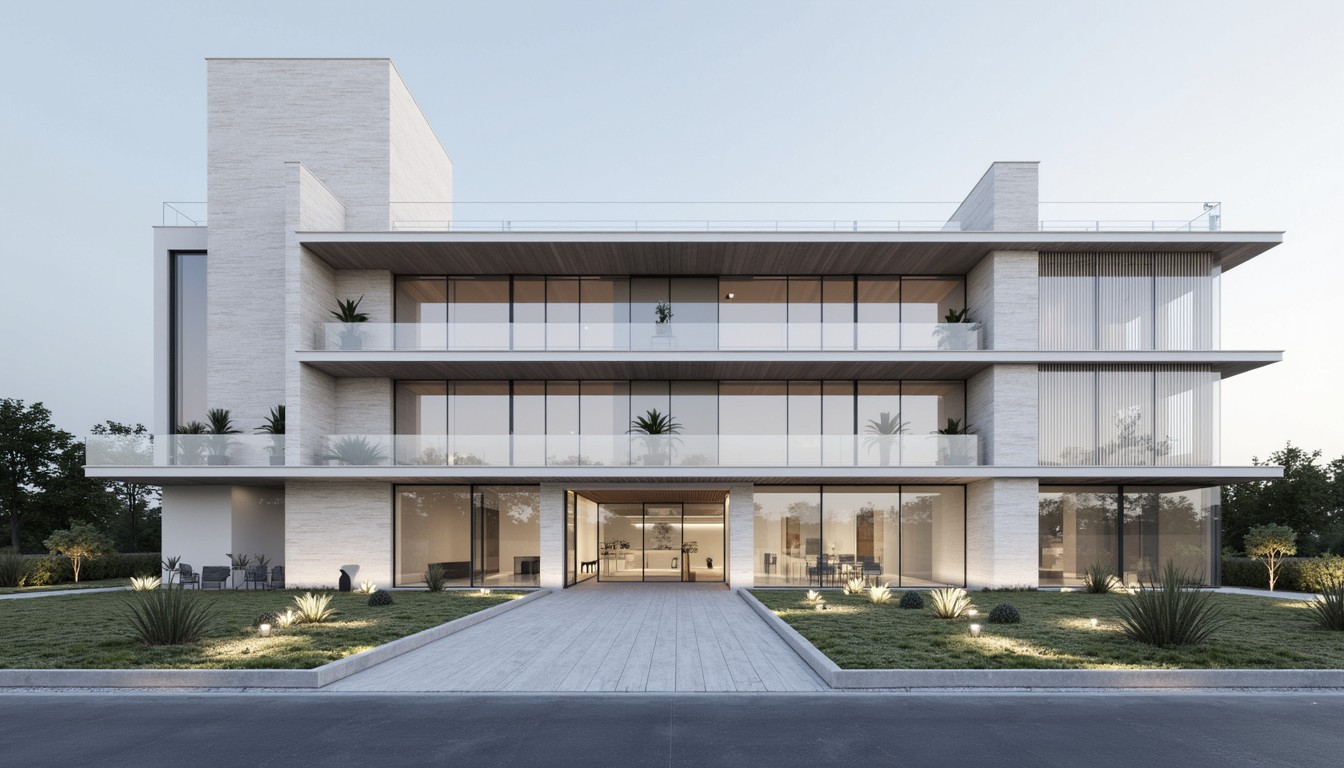Digital Transformation: Reshaping the Future of Architecture
The architecture industry is undergoing a dramatic shift, driven by the rapid advancement of digital technologies. This digital transformation is not just about adopting new software; it's about fundamentally changing how architects design, collaborate, and deliver projects. From initial concept to final construction, digital tools are streamlining workflows, enhancing creativity, and improving communication across the entire project lifecycle.
The Rise of Building Information Modeling (BIM)

Building Information Modeling (BIM) is arguably the cornerstone of digital transformation in architecture. BIM is a process involving the creation and management of digital representations of physical and functional characteristics of places. It's more than just 3D modeling; it's a collaborative, data-rich environment that allows architects, engineers, and contractors to work together seamlessly on a single, shared model. This eliminates the risk of errors caused by conflicting information, improves coordination, and facilitates better decision-making throughout the project.
Real-world application: A large-scale hospital project using BIM can integrate data on structural elements, MEP systems, and even furniture placement. This allows for early detection of clashes, optimizing space planning and minimizing costly rework during construction.
Virtual Reality (VR) and Augmented Reality (AR) in Architectural Visualization
VR and AR are transforming how architects present their designs and engage with clients. VR allows clients to experience a building's design before construction even begins, offering a more immersive and intuitive understanding of the space. AR overlays digital information onto the real world, enabling architects to visualize designs on existing sites and demonstrate how a new building will integrate into its surroundings.
Real-world application: Architects can use VR to showcase a proposed residential development, allowing potential buyers to virtually “walk through” different units and experience the layout, lighting, and views. This significantly enhances client engagement and improves the sales process.
Generative Design and Artificial Intelligence (AI)
Generative design leverages AI algorithms to explore a vast range of design options based on predefined parameters and constraints. This allows architects to explore innovative solutions they might not have considered otherwise, optimizing designs for factors like structural performance, sustainability, and cost-effectiveness. AI is also being used for tasks like automated drafting, image recognition, and predictive analytics, further enhancing efficiency and productivity.
Real-world application: An architect designing a high-rise building can use generative design to explore multiple structural configurations, optimizing for wind resistance and minimizing material usage. AI can then analyze the results and suggest the most efficient and sustainable design option.
Cloud Computing and Collaboration

Cloud-based platforms are revolutionizing collaboration in architecture. Architects and their teams can access and share project files from anywhere in the world, fostering real-time collaboration and improving communication. Cloud storage also ensures data security and redundancy, minimizing the risk of data loss.
Real-world application: A globally distributed architectural firm can use cloud-based platforms to collaborate on a large-scale project, with team members in different countries working simultaneously on the same model.
Paramatric Design and Algorithmic Modeling
Parametric design involves creating models using algorithms that respond to changes in parameters. This allows architects to create complex and adaptive designs that can be easily modified and iterated upon. Algorithmic modeling allows for greater precision and control, leading to more efficient and sustainable designs.
Real-world application: Designing a complex facade with intricate patterns can be simplified using parametric design. Changes in parameters, such as window size or spacing, automatically update the entire design, ensuring consistency and reducing manual effort.
The Importance of Data Analysis in Architecture
Data analysis plays a crucial role in optimizing design decisions and ensuring project success. By analyzing data from various sources, architects can gain valuable insights into factors like energy efficiency, building performance, and user experience. This data-driven approach leads to more informed design choices and improved building outcomes.
Real-world application: Analyzing energy consumption data from similar buildings can inform the design of a new building, ensuring it meets sustainability goals and minimizes operational costs.
Challenges of Digital Transformation

While the benefits of digital transformation are undeniable, there are also challenges to overcome. These include the need for specialized training and expertise, the cost of implementing new technologies, and the potential for data security risks. Architects need to carefully consider these factors when planning their digital transformation strategy.
ArchNav: Leading the Way in Architectural Visualization
ArchNav is at the forefront of digital transformation in architecture, leveraging the latest technologies to deliver exceptional architectural visualization services. We utilize BIM, VR, AR, and other cutting-edge tools to create stunning visuals that help architects communicate their designs effectively and win projects. Our expertise ensures that our clients benefit fully from the advantages of digital transformation, maximizing efficiency and achieving their creative vision.
Contact ArchNav today to learn how we can help you harness the power of digital technology to elevate your architectural practice.
